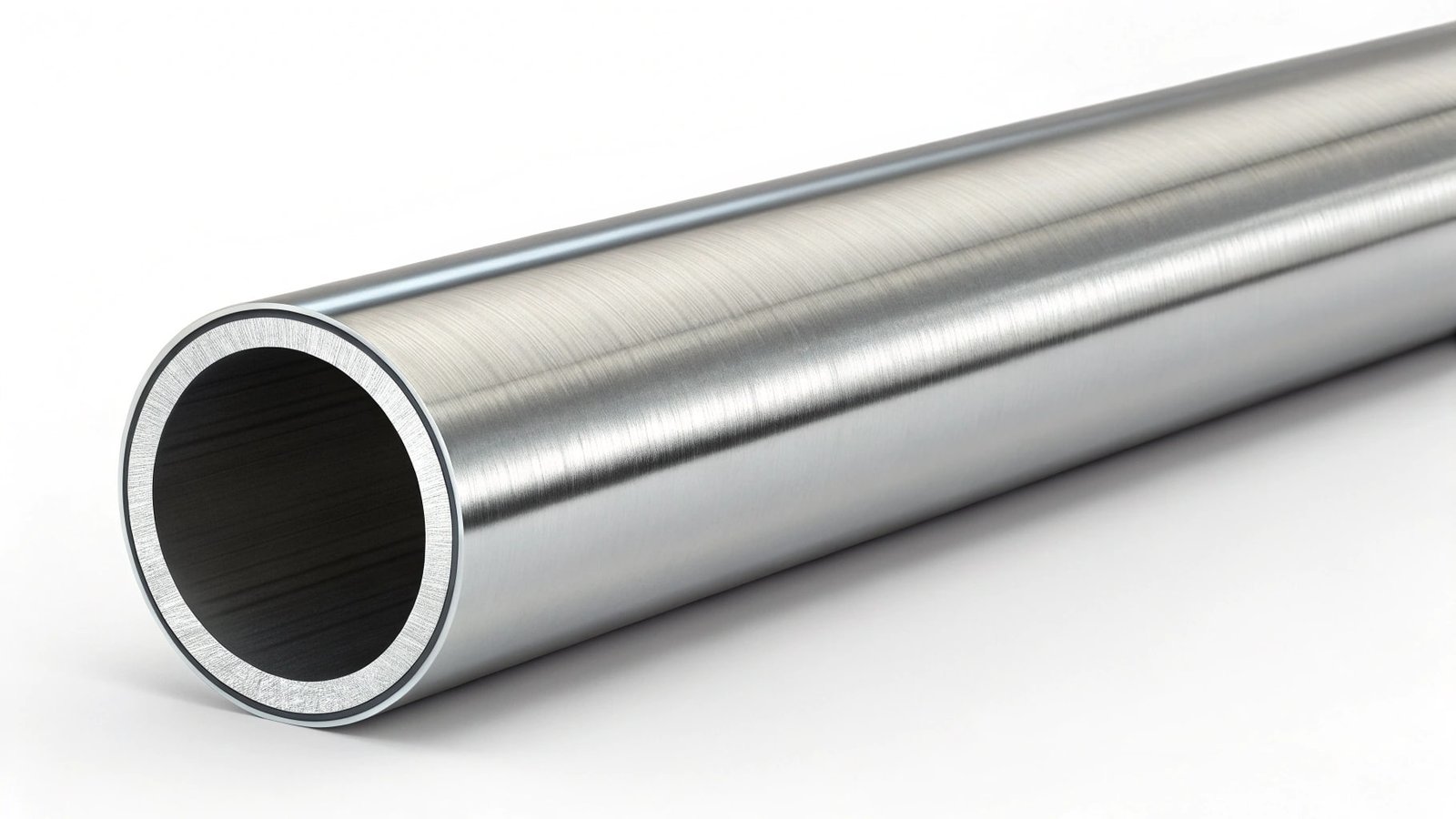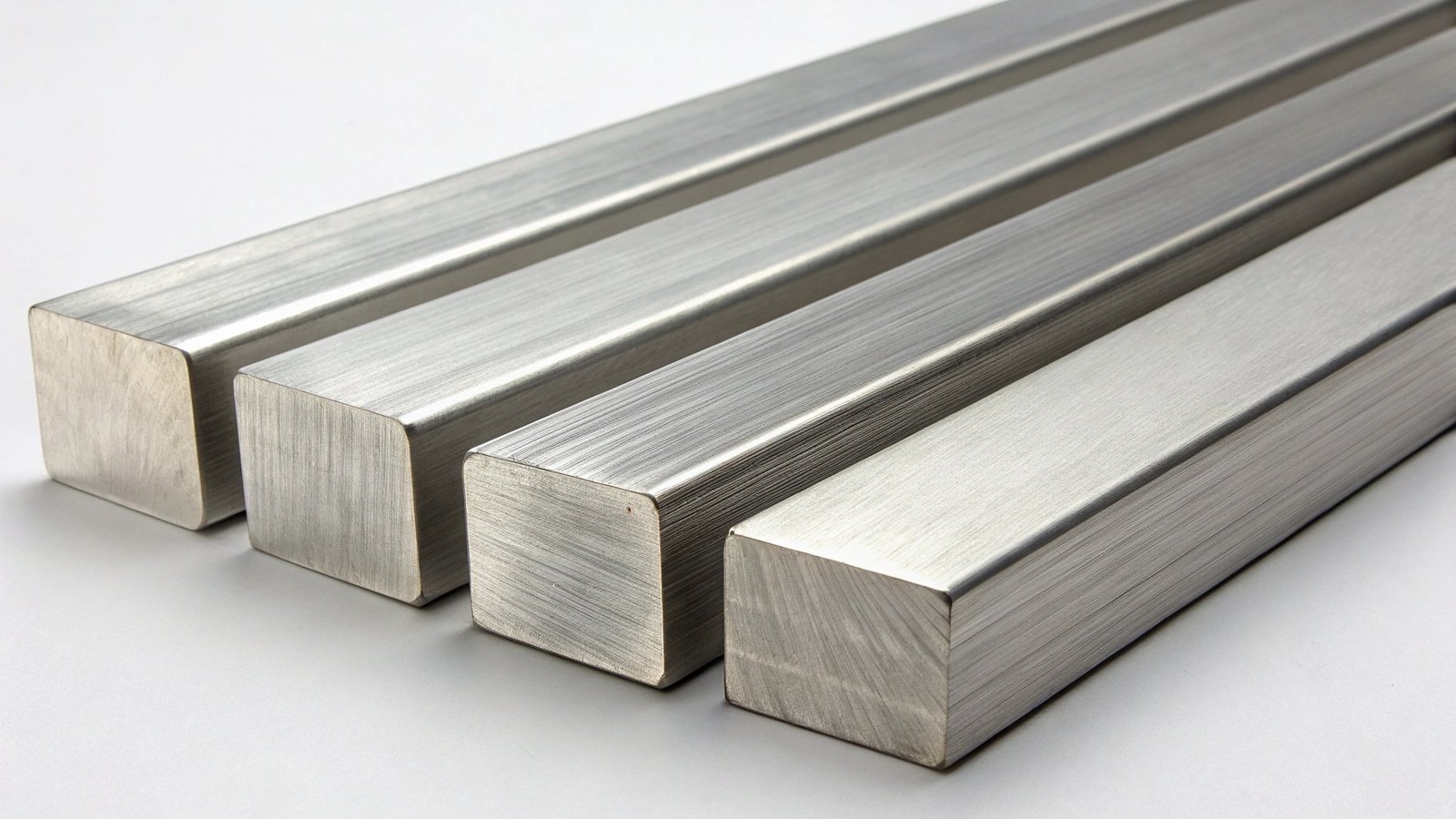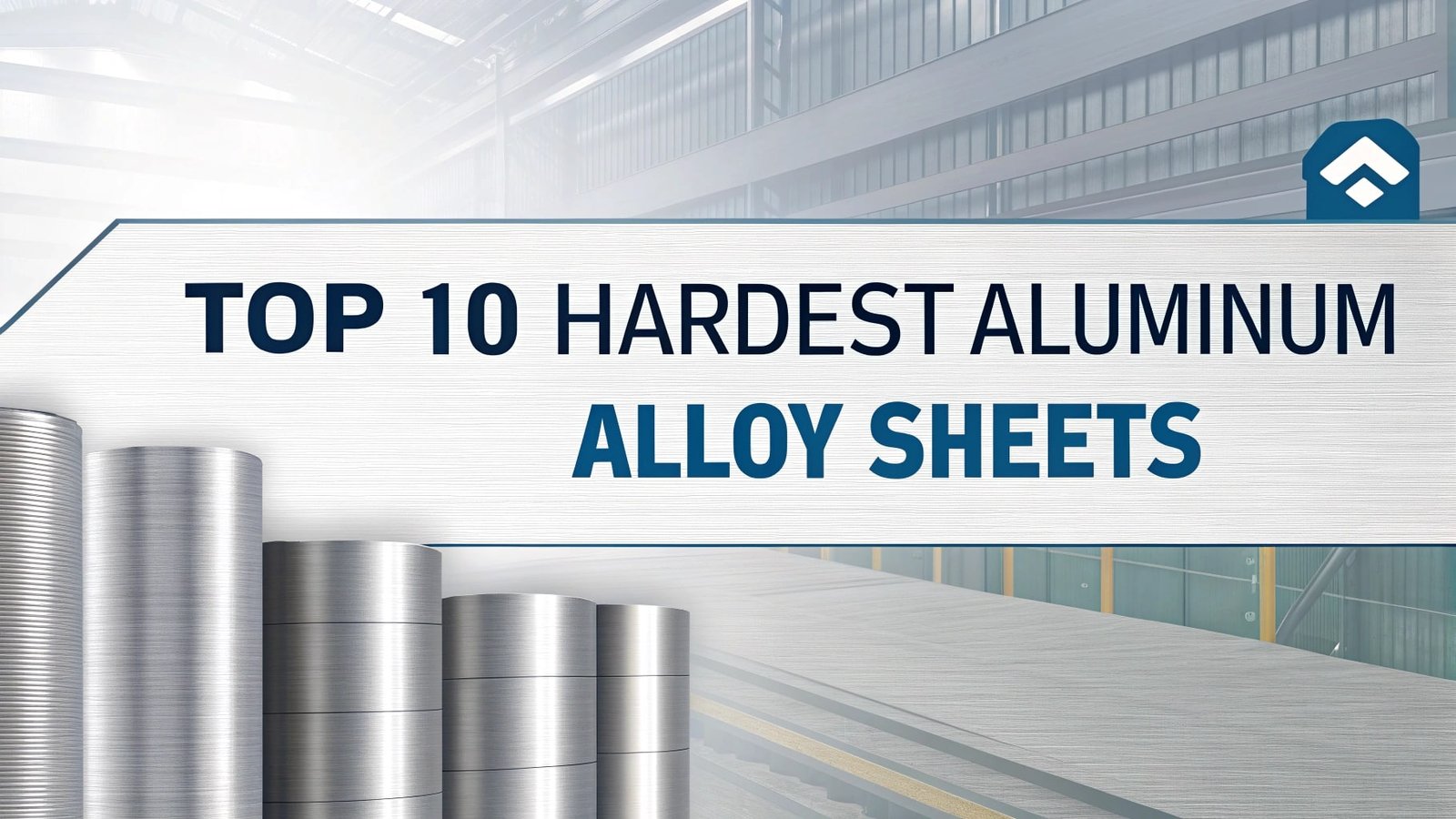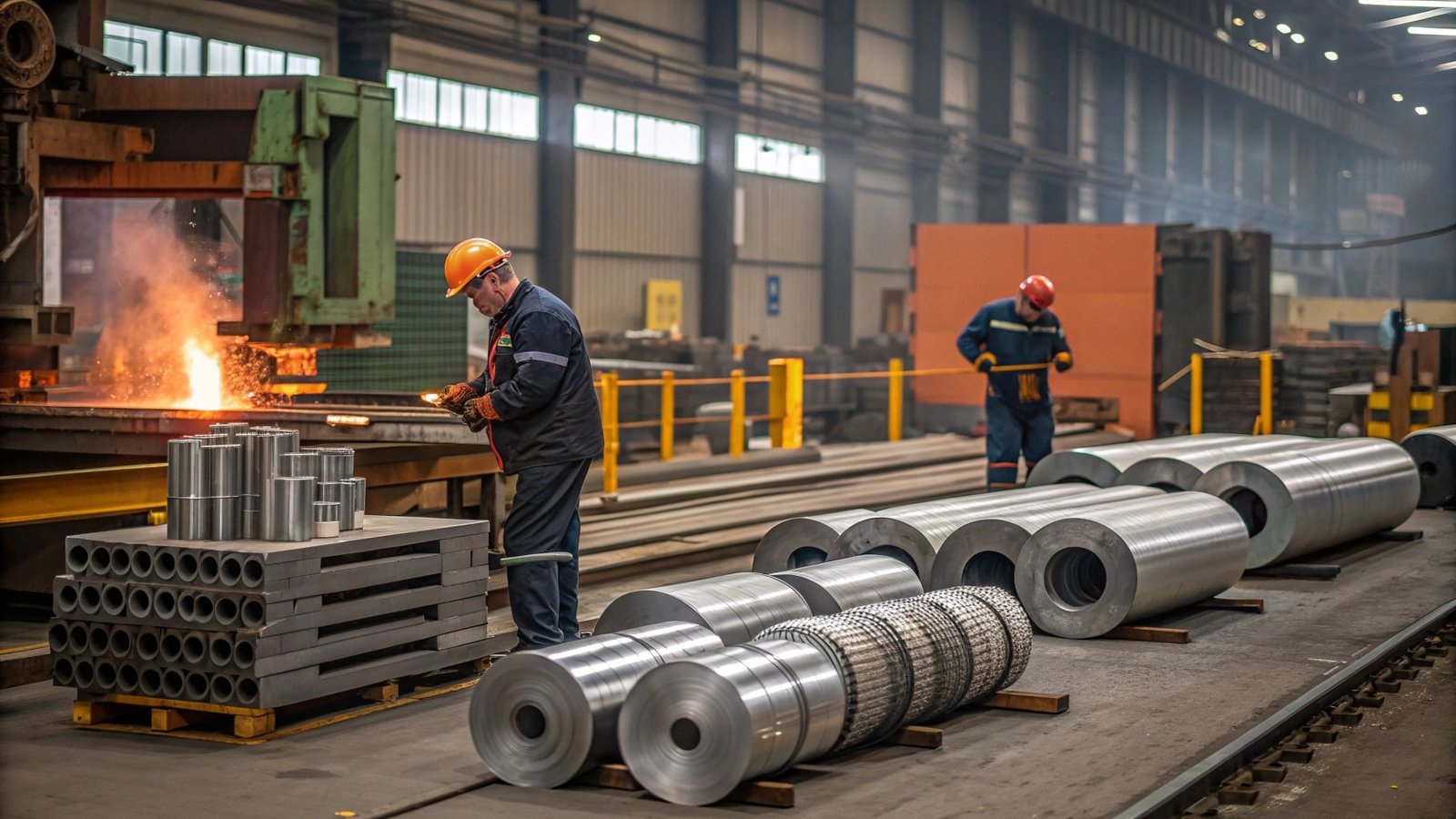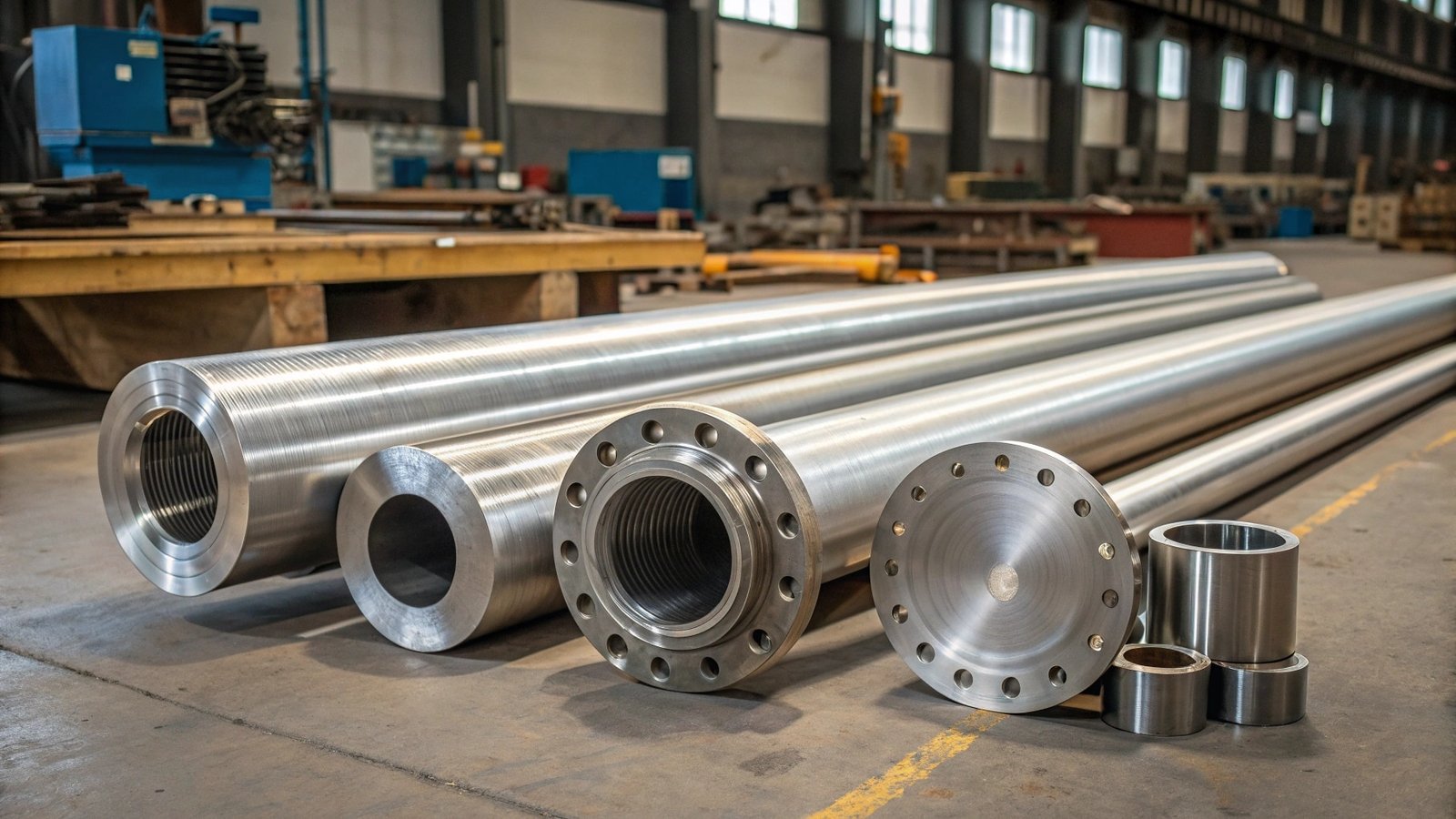When engineers and designers seek materials for the most demanding applications, "strength" is often a paramount concern. But what does "strongest" truly mean? It can refer to a material's ability to resist being pulled apart (tensile strength), its resistance to permanent deformation (yield strength), its hardness, or its toughness. This list focuses primarily on materials exhibiting exceptionally high ultimate tensile strength (UTS), a measure of the maximum stress a material can withstand while being stretched or pulled before necking. Many of these are advanced alloys, meticulously engineered for extreme performance.
Important Note: The strength values provided are approximate and can vary significantly based on the specific alloy composition, heat treatment, processing (e.g., forging, drawing), and testing conditions. This list represents categories of metals known for achieving exceptionally high strength.
Steel Alloys (e.g., Maraging Steels)
Key Characteristics: Steel, an alloy of iron and carbon, can be formulated into an astonishing variety of grades. Among the strongest are maraging steels. These are ultra-high-strength steels that are distinct from conventional steels in that they are hardened by the precipitation of intermetallic compounds in a soft martensite matrix, rather than by carbon. They typically contain high nickel content, along with cobalt, molybdenum, and titanium.
Approximate Tensile Strength Range: 1800 - 2500+ MPa (or even higher for specific grades like C350).
Key Properties & Advantages: Exceptional strength combined with good toughness, relatively good machinability in the annealed state, good weldability, and dimensional stability during aging.
Typical Applications: Aerospace components (rocket motor casings, landing gear), high-performance engine components, tooling, firearm components, and fencing blades.
Considerations: Higher cost compared to conventional steels.
Tungsten & Tungsten Alloys
Key Characteristics: Tungsten (W) is a pure elemental metal renowned for having the highest melting point of all elements and the highest tensile strength in its pure form among metals, especially when drawn into fine wires. Tungsten alloys, such as those with rhenium (Re) or thoria (ThO2), can further enhance specific properties.
Approximate Tensile Strength Range: Pure, heavily worked tungsten can reach 1500 - 1900 MPa; specialized tungsten wire can exceed 4000 MPa. Tungsten alloys (e.g., W-Re) can exhibit UTS up to ~2000-3400 MPa.
Key Properties & Advantages: Extremely high melting point, very high density, high modulus of elasticity (stiffness), good high-temperature strength, and excellent corrosion resistance.
Typical Applications: High-temperature applications (filaments in light bulbs, furnace parts, rocket nozzles), electrical contacts, counterweights, radiation shielding, welding electrodes, and in alloys for cutting tools.
Considerations: Very brittle at room temperature (especially in bulk form), difficult to machine, very high density can be a disadvantage in weight-sensitive applications.
Titanium Alloys (e.g., Beta Titanium Alloys)
Key Characteristics: Titanium (Ti) itself is known for its excellent strength-to-weight ratio and corrosion resistance. Certain titanium alloys, particularly beta titanium alloys (like Ti-10V-2Fe-3Al or Beta C / Ti-3Al-8V-6Cr-4Mo-4Zr), can be heat-treated to achieve very high strength levels, surpassing many common alpha-beta alloys like Ti-6Al-4V.
Approximate Tensile Strength Range: Heat-treated beta titanium alloys can achieve UTS in the range of 1200 - 1550+ MPa. (Ti-6Al-4V typically ranges 900-1100 MPa).
Key Properties & Advantages: Excellent strength-to-weight ratio, outstanding corrosion resistance (especially to saltwater), biocompatibility, good fatigue resistance, and good toughness. Beta alloys offer higher strength and deeper hardenability.
Typical Applications: Aerospace structures (airframes, engine components, fasteners), medical implants, high-performance automotive parts, marine hardware, and sporting goods.
Considerations: Higher cost than steel or aluminum, more difficult to machine, and can be reactive at high temperatures during processing.
Nickel-Based Superalloys (e.g., Inconel, Hastelloy)
Key Characteristics: Nickel-based superalloys are a class of materials designed to operate at extremely high temperatures and under severe mechanical stress. They typically contain significant amounts of chromium, cobalt, molybdenum, aluminum, and titanium. Brands like Inconel (e.g., Inconel 718) and Hastelloy are well-known examples.
Approximate Tensile Strength Range: Many precipitation-hardened nickel superalloys like Inconel 718 can achieve UTS around 1200 - 1400 MPa at room temperature, with excellent strength retention at elevated temperatures. Some advanced superalloys can exceed this.
Key Properties & Advantages: Exceptional high-temperature strength (creep resistance), excellent resistance to oxidation and corrosion, good fatigue life.
Typical Applications: Gas turbine engine components (blades, discs, combustors), rocket engines, nuclear reactors, chemical processing equipment, and high-temperature fasteners.
Considerations: Very expensive, difficult to machine and weld, high density compared to titanium or aluminum.
Cobalt-Chromium Alloys (e.g., MP35N, Stellite)
Key Characteristics: Cobalt-chromium (Co-Cr) alloys are known for their high strength, excellent wear resistance, and corrosion resistance. MP35N (a nickel-cobalt-chromium-molybdenum alloy) is particularly renowned for its ultra-high strength when work-hardened and aged. Stellite alloys are known more for wear resistance but are also very strong.
Approximate Tensile Strength Range: MP35N can achieve UTS in the range of 1700 - 2000+ MPa after work hardening and aging. Other Co-Cr alloys vary widely.
Key Properties & Advantages: Very high strength, excellent corrosion resistance (especially to crevice and stress corrosion), good wear resistance, biocompatibility (used in medical implants), non-magnetic (for some compositions like MP35N).
Typical Applications: Medical implants (hip and knee replacements, dental implants), aerospace fasteners and components, marine applications, oil and gas industry components, high-performance springs, and valve components.
Considerations: High cost, can be difficult to machine and fabricate.
The "strongest" metal for any given application depends on a multitude of factors beyond just tensile strength, including operating temperature, corrosive environment, weight limitations, cost, and manufacturability. Engineers must carefully weigh these considerations to select the optimal material.


